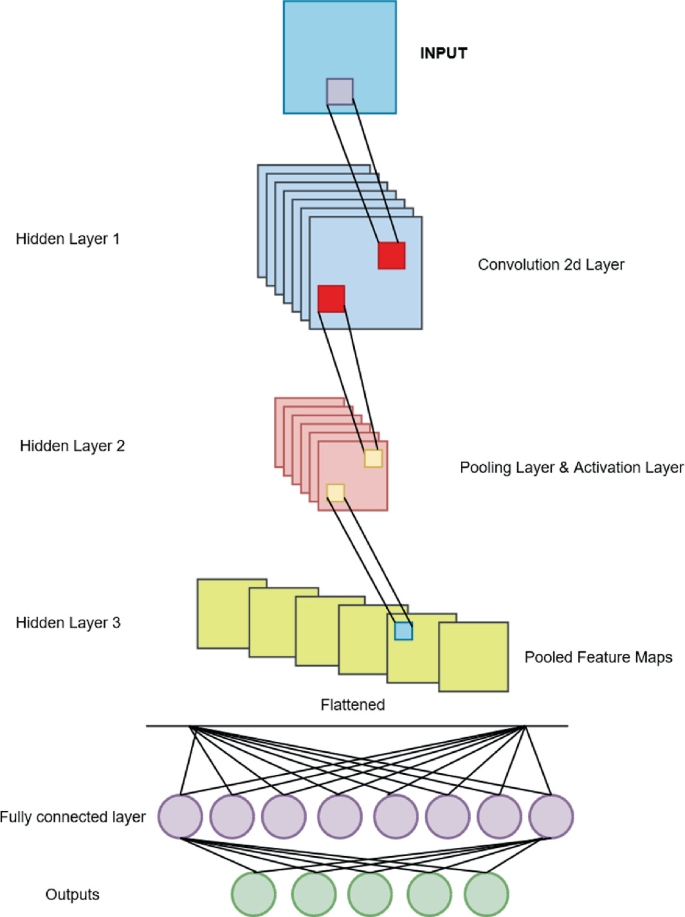

subplot ( 10, 1, scenario + 1 ) # figure out ensemble mean and confidence interval for scenario means = np. linspace ( 30, 100, 8 ) for scenario in xrange ( 10 ): print ( " plotting scenario ' %s '." % scenario_names ) plt. Plot speeds.' ) # names of scenarios scenario_names = # intialize plot plt. append ( veh_spd_ip ) print ( ' \n Step 2. interp ( veh_dist_ip, veh_dist, veh_spd ) # store interpolated speed so we can plot it interp_spds_by_scenario.

flatten () veh_dist -= veh_dist veh_spd = daq. " % ( scenario, f0, fend )) # next we need to linearly interpolate speed by distance veh_dist = daq. etc # unpack the start frame of the 1-to-2 lane addition transition # and the stop frame of the 2-to-1 lane reduction transition f0 = daq.
#PYTHON RETURN MULTIPANEL FIGURE TRIAL#
etc ): # encountered partial trial continue scenario = daq. for i in xrange ( 10 ): if not ( i * 10 + 1 in daq. read_hd5 ( hd5_file, elemlist = ) # for each trial. arange ( 0, 6604, 8 ) # goal of step 1 is to fill this list of lists structure interp_spds_by_scenario = for i in xrange ( 10 )] for hd5_file in hd5_files : print ( " interpolating ' %s '." % hd5_file ) # load hd5 daq = Daq () daq. glob ( '*/*.hdf5' )) # define an linearly spaced distance vector to interpolate to veh_dist_ip = np. Find speeds interpolated by distance.' ) t0 = time. data_dir = 'C: \\ LocalData \\ Left Lane \\ ' # change the directory of the kernel print ( "Changing wd to ' %s '" % data_dir ) os. """ from collections import OrderedDict import os import glob import time import numpy as np from scipy import stats from matplotlib import rcParams rcParams = 'serif' import matplotlib.pyplot as plt from undaqTools import Daq, fslice if _name_ = '_main_' : # data is on a local SSD drive. In this example each subplot represents the level of independent conditions. """ Example multiple subplot ensemble figure of equidistantly interpolated speed. From _future_ import print_function # Copyright (c) 2013, Roger Lew # All rights reserved.


 0 kommentar(er)
0 kommentar(er)
